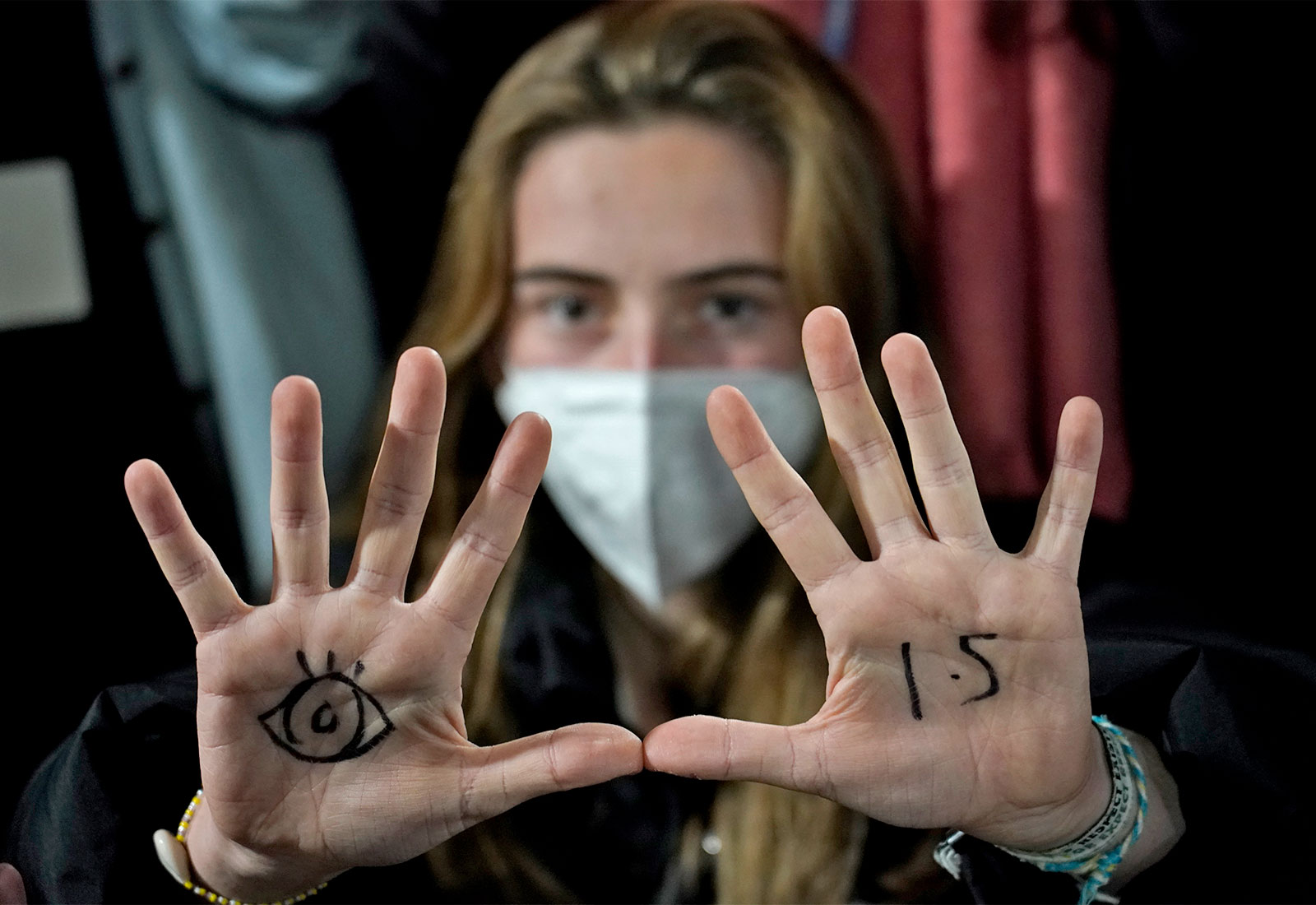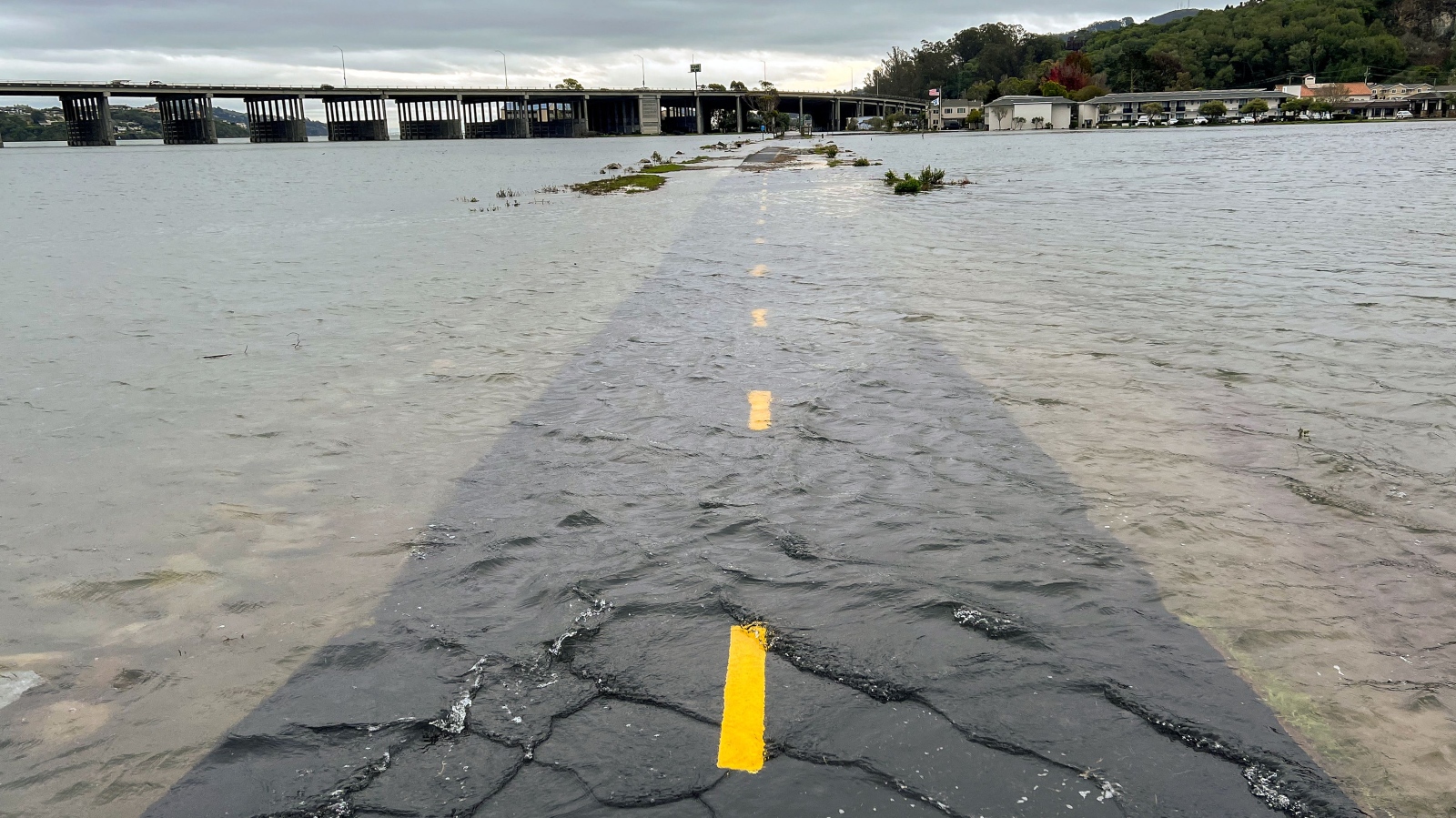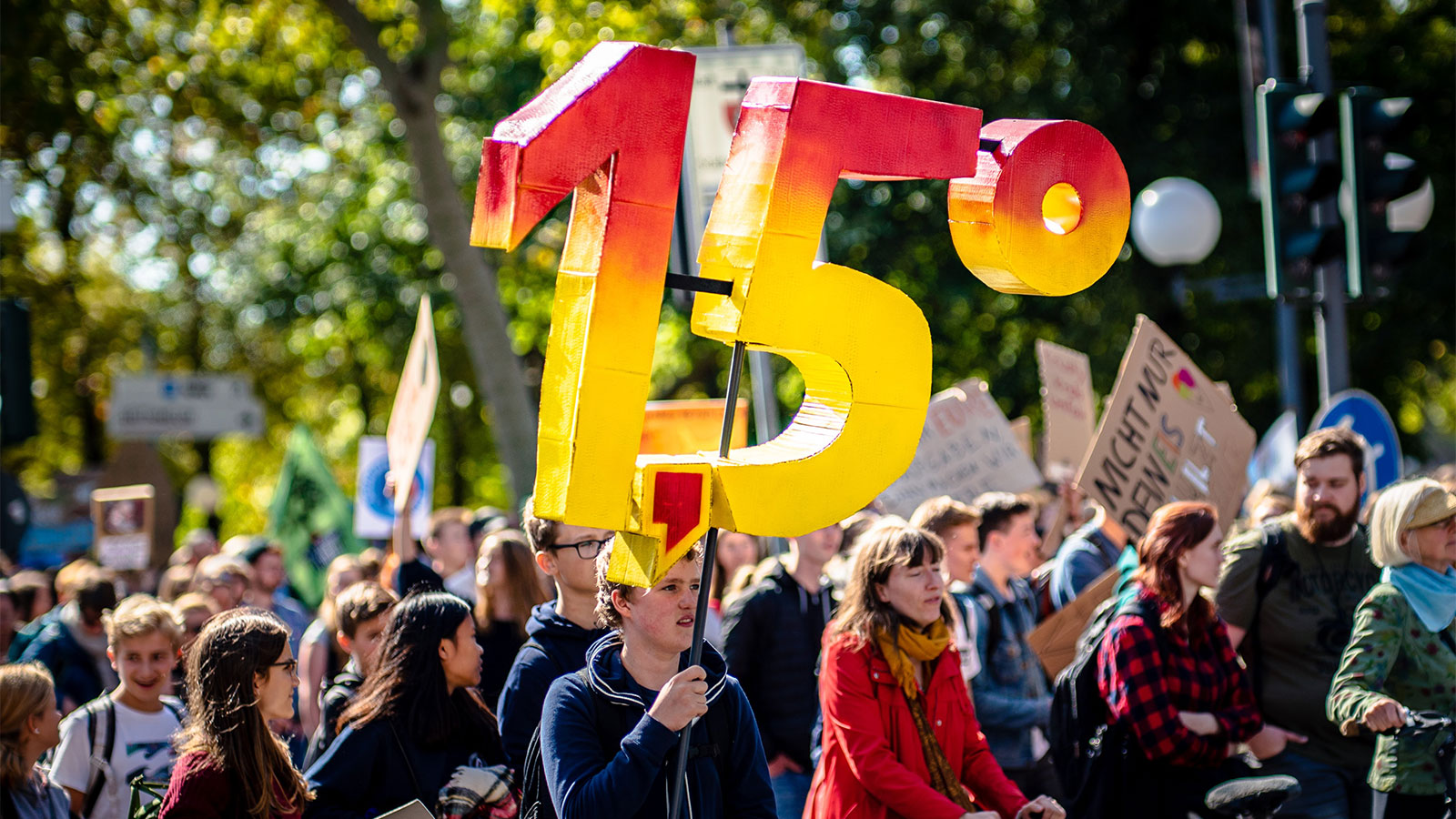When the Intergovernmental Panel on Climate Change — the consortium of scientists responsible for summarizing the world’s climate knowledge and releasing it in roughly decadal, 3,000-plus-page installments — published its latest report on Monday, the findings were just as grim as usual. The report warned that greenhouse gas emissions are now higher than at any point in human history and continue to grow, despite countries’ weak efforts at diplomacy. Every year, nations spew 59 gigatons of greenhouse gases into the atmosphere. For the world to have even a sliver of a chance to meet its goals under the Paris Agreement, the scientists warned, emissions must peak no later than 2025 and then enter a precipitously steep decline.
But hidden on page 25 of the “Summary for Policymakers” was an even grimmer note: That even in the IPCC’s most optimistic models, the chances of holding global warming to less than 1.5 degrees Celsius (2.7 degrees Fahrenheit) — compared to the pre-industrial average — is only around 38 percent. In short, even if countries were to defy their history of delay and act heroically quickly to boost clean energy, the odds are that it won’t be enough. For all intents and purposes, the 1.5-degree threshold has already passed. We just don’t know it yet.
“The real message of the IPCC report is that 1.5 is now essentially a meaningless goal,” said David Victor, a professor of public policy at the University of California, San Diego and a former lead author for the IPCC. “And I think that’s been true for a long time.”
So how did the world end up with a 1.5-degree target in the first place? And if it’s now meaningless — why is everyone still talking about it?
The 1.5 degree goal was added into the Paris Agreement as a kind of afterthought. When nations gathered in France in 2015, they initially were aiming to keep global temperatures “well below 2 degrees Celsius.” But a group of nations led by the Republic of the Marshall Islands — a low-lying island nation at risk of being swallowed up by sea-level rise if the world warms by 2 degrees — formed a “High Ambition Coalition” which sought to enshrine a lower, more ambitious temperature target. Eventually, all 196 nations agreed: They would hold temperatures well below 2 degrees and “pursue efforts” to hold them to below 1.5 degrees. Even then, it was an aspirational goal: One writer referred to it as both “necessary and inaccessible.”
But three years later, the IPCC released a special report on the new target. Contrary to popular belief, it didn’t identify 1.5 degrees C as a magical threshold of warming, beyond which climate impacts would get much worse; but it did demonstrate, beyond a shadow of a doubt, that a world with 2 degrees of warming would be hotter, drier, and deadlier than one with 1.5 degrees. That extra half-degree, the report said, would mean the demise of coral reefs around the world, the end of many small-island nations, and millions more people exposed to extreme heat.

The report galvanized the world. It sparked Greta Thunberg’s school strike and the Britain-based protest movement known as the Extinction Rebellion. “1.5 to stay alive” — a motto first adopted by the Marshall Islands — became a regular refrain at climate protests and international negotiations alike.
In 2018, when the special report was released, holding warming to 1.5 degrees C — without any of what scientists delicately call “overshoot” — was barely possible. Today, after four more years of essentially constant emissions, the chances are slim to none. (As of 2020, the planet had already warmed by 1.2 degrees.)
“It doesn’t contradict the laws of chemistry and physics to get to 1.5 degrees,” said Oliver Geden, a lead author for the IPCC and a senior fellow at the German Institute for International and Security Affairs. “It just contradicts everything we know about how the world works.”
But even as the target fades into impossibility, scientists, journalists, and policymakers continue to treat it as a real, albeit shrinking, prospect. “‘It’s now or never’: World’s top climate scientists issue ultimatum on critical temperature limit” read one CNBC headline shortly after the new IPCC report was released. As 1.5 degrees has gotten less plausible, scientists and modelers — at the request of policymakers — have found new ways to keep it alive: creating models that involve removing more and more carbon dioxide from the atmosphere, or projecting “overshoot” scenarios in which the world reaches 1.6, 1.7, or even 1.8 degrees of warming only to dip back down later.
Why does 1.5 degrees continue to attract so much fervor? Diplomatically, Victor said, the goal still retains “massive support.” Policymakers don’t want to admit defeat — and because the goal is global, the responsibility for reaching it doesn’t fall on any one particular country. If John Kerry, Biden’s chief international climate negotiator, were to announce that the goal should be abandoned, he would be skewered by small-island nations and developed nations alike. “Nobody can blink first,” Victor added.
Zeke Hausfather, a senior fellow at the Oakland-based Breakthrough Institute and the climate research lead at the payments company Stripe, adds that “there’s a lot of inertia in the system” around 1.5. “People don’t want to rain on the parade of everyone by saying that we don’t have a chance to achieve these most ambitious goals,” he added.

All this doesn’t mean that the 1.5-degree goal has been — or will be — useless. Far from it. It has galvanized climate activism and pushed countries to ratchet up their still-feeble climate plans. The ambitiousness of the goal has likely moved the Overton window, or the metaphorical window of what policies are considered acceptable to support. Now, previously impossible policies — like phasing out the use of natural gas or halting the construction of new fossil fuel infrastructure — seem not only possible but necessary.
Luckily for humanity, 1.5 degrees was never the end-all be-all of climate policy. Every tenth of a degree matters; every hundredth of a degree matters. Limiting warming to 1.6 degrees will be better than 1.7, which will be better than 1.8, which will in turn be much better than 2 degrees. Temperature goals are always arbitrary constructions, designed to give urgency and structure to the messy, complex, and socially difficult work of decarbonizing.
The IPCC now predicts that the world will pass 1.5 degrees in the early 2030s (depending on our emissions and a few other climate factors, it could happen even earlier). When that happens, there may be confusion, frustration, and despair. Small-island states will be teetering on the brink of destruction; heat waves in the Middle East and Africa will be lasting and intense. But the definitive loss of this target won’t mean that all is lost: It will just mean that, then as now, we need to cut emissions as quickly as possible.
“Somebody asked me, ‘What does it mean it’s “now or never”?’” Geden said. He paused. “When is the ‘now’ over?”



